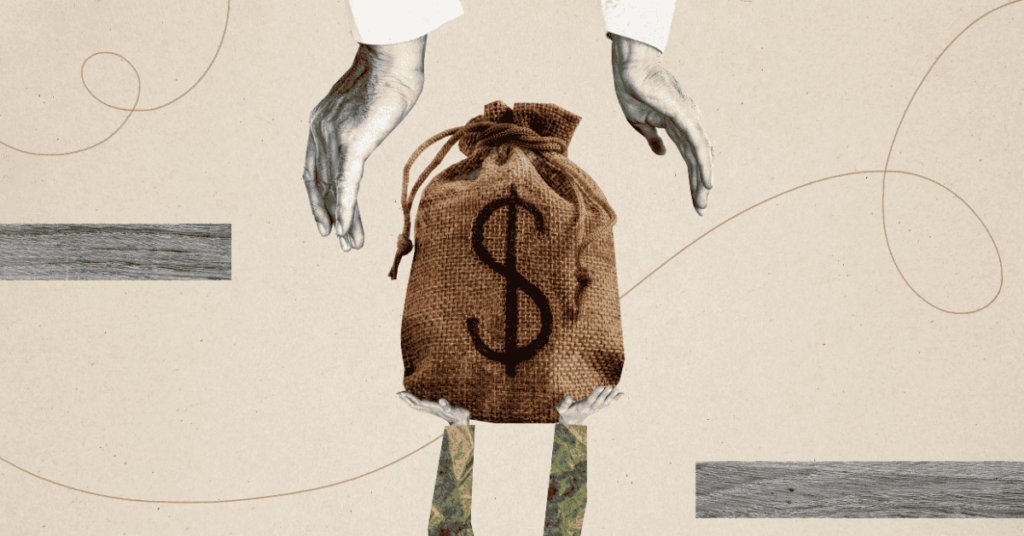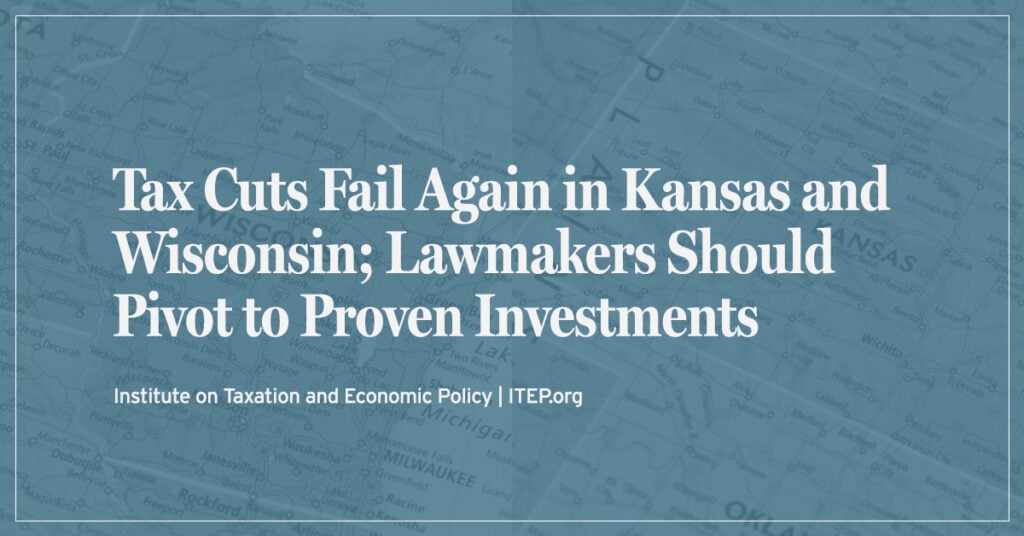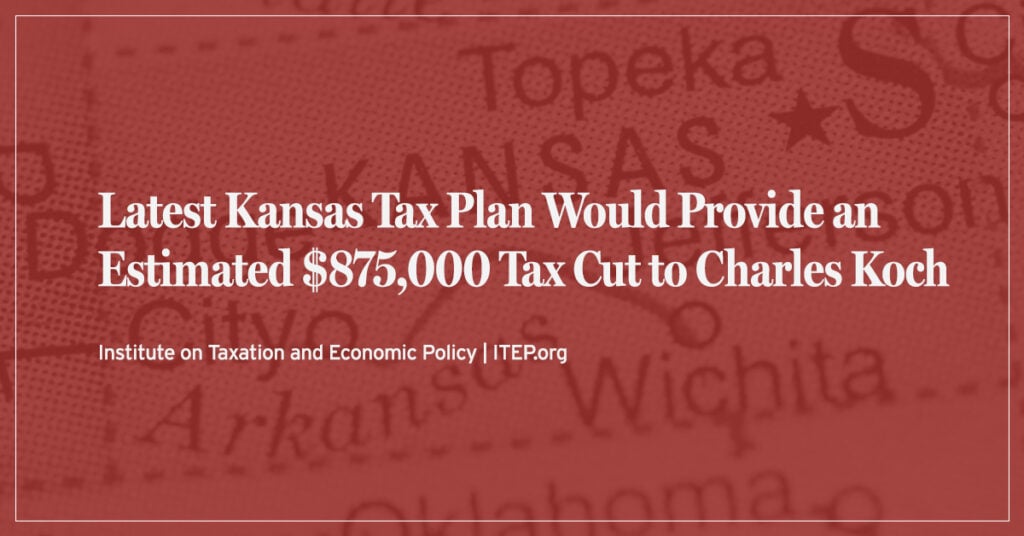Posted on Tuesday, April 03, 2012
By Gene Meyer | Kansas Reporter
TOPEKA — Gov. Sam Brownback and state lawmakers say they want to cut income taxes.
So what? tax mavens say.
The state government will get its money.
Somewhere. Somehow.
“True tax reform has to be a combination of reduced tax rates and spending reductions,” said Richard Carlson, R-St. Marys, who is chairman of the House Taxation Committee.
Before a government can cut taxes, it must first cut spending.
Good luck with that.
Government has to eat, experts say, so it can choose from a buffet of sales taxes and property taxes, for example, to compensate for any subsequent tax cuts.
Carlson favors the most aggressive tax-cut plan, which legislators will dig into when their three-week recess ends April 25. That plan calls for reducing state income tax rates whenever state tax revenue increases more than 3 percent annually, until the taxes are eliminated.
A competing Senate plan would cut, but not eliminate, state income taxes and offer bigger deductions to married people and heads of households. Each plan is based on a third that Brownback offered in January. That plan would cut many household and business taxes while sinking a raft of popular deductions for low- and middle-income taxpayers.
But without spending reductions, the aforementioned tax plans would transform this year’s expected $456 million tax fund reserve into budget deficits that could be as much as $829 million next year, according to estimates from the Kansas Legislative Research Department.
A “permanent funding crisis,” House Minority Leader Paul Davis, D-Lawrence, called it.
That’s one scenario. Here’s another: Government would raise taxes, which, on its surface, would seem counter-intuitive, given the lawmakers’ expressed zeal to cut taxes.
Historic precedent exists, said Will McBride, an economist at the Tax Foundation, a nonpartisan Washington, D.C., research organization that advocates lower taxes.
“Even if property tax rates aren’t changed, lower income taxes eventually would help increase property values, which would cause total collections to increase,” McBride said.
Kansans are paying the 21st highest combined load of federal, state and local taxes in the nation — the state is tied with Colorado, Rhode Island, Montana and Oregon, said McBride, who helps put together the foundation’s annual compilation of Tax Freedom days.
The nationwide Tax Freedom Day is the theoretical date in which the average taxpayer has earned enough money to pay all of that year’s federal, state and local income taxes, sales taxes, property taxes, and other levies.
For Kansas — and those four other states — the date is April 15, the traditional filing deadline for federal and state income taxes. But, officially, Tax Freedom Day in the United States is April 17, as April 15 falls on a Sunday.
Higher personal and corporate income taxes — two consequences of economic improvement in the past 12 months — have, in this hypothetical model, many U.S. taxpayers working four to five days longer than a year ago to cover their tax costs, he said.
Would Kansas’ proposed tax reductions reverse that trend? The answer is contingent on whom one asks.
“It depends on how big the eventual tax cut really is,” said Art Hall, director of the University of Kansas’ Center for Applied Economics.
“Without spending cuts, the money has got to come from somewhere,” he said.
There’s that magic word … again.
“What drives the process isn’t taxes, it’s the spending,” said Antony Davies, an associate economics professor at Duquesne University in Pittsburgh, Pa., who has been watching recent tax trends in Kansas and other states.
Government spending has become a big deal in Kansas, Davies said.
That spending accounted for 50 cents of each dollar spent in Kansas in 2009, up from 33 cents in 2000, Davies said. He’s referring to a study by Canadian researchers at the Fraser Institute, a Vancouver, B.C., think tank, which, according to its website, “measures and studies the impact of competitive markets and government interventions on individuals and society.”
“The growth in the size of government’s footprint has become alarming,” Davies said. “That’s our money. You’ve got to ask what has changed so much since 2000 when (the government) could get by with 33 cents.”
States without income taxes generally tend to have higher sales, property and other taxes, said Nicholas Johnson, a researcher at the nonpartisan Center on Budget and Policy Priorities who’s been critical of proposed income tax cuts in Kansas, Nebraska and Oklahoma.
The immediate effects in Kansas “depend on what choices the state makes,” Johnson said.
But barring sharp reductions in spending, such as those which Davies advocates, “the change in Kansas taxes would largely be a shift,” Johnson said.
How that would happen, Johnson said, is difficult to predict.
“No state has ever completely repealed its income tax in modern times,” Johnson said. “We’re getting into unexplored territory here.”
Some of the shift could be inexplicably direct — turning to sales, property or other taxes to make up reduced income tax revenue. Other parts of the shift could be indirect — cutting funding for higher education, which could lead to higher tuitions at state-owned universities.
“It may be years before the dust really settles,” Johnson said.
Kansans by then may have trouble recognizing the landscape, which could include pockets of tax quicksand, one expert says.
The proposed legislative changes would, in reality, increase total tax burdens for about 80 percent of Kansas taxpayers considered low and middle income, said Matt Gardner, executive director of the Institute on Taxation and Economic Policy. The institute is a Washington, D.C., research group whose findings are cited by the Kansas League of Women Voters and other opponents of the proposed changes.
“You need meaningful cuts in state spending to get significant tax reduction and those haven’t been identified yet,” Gardner said.
The Brownback administration insists the tax cuts will benefit all Kansans by spurring economic growth.
But Kansas Department of Revenue spokeswoman Jeannine Koranda declined to speculate on the fate of local tax rates.
“We do not anticipate an increase in other taxes, so tax rates for all Kansans would be lowered,” Koranda said. “This would be qualified by local government actions on property taxes or sales taxes.”
Brownback’s plan would give local governments added flexibility in raising local sales and property taxes, but it doesn’t specifically require that.
Tim Danneberg is communications director for Olathe, the county seat of Johnson County, which borders Missouri, a state with lower tax rates.
“Our concern, from a local government perspective, is that being so close to Missouri lowers the window of opportunity we would have to make up those local costs,” he said.





